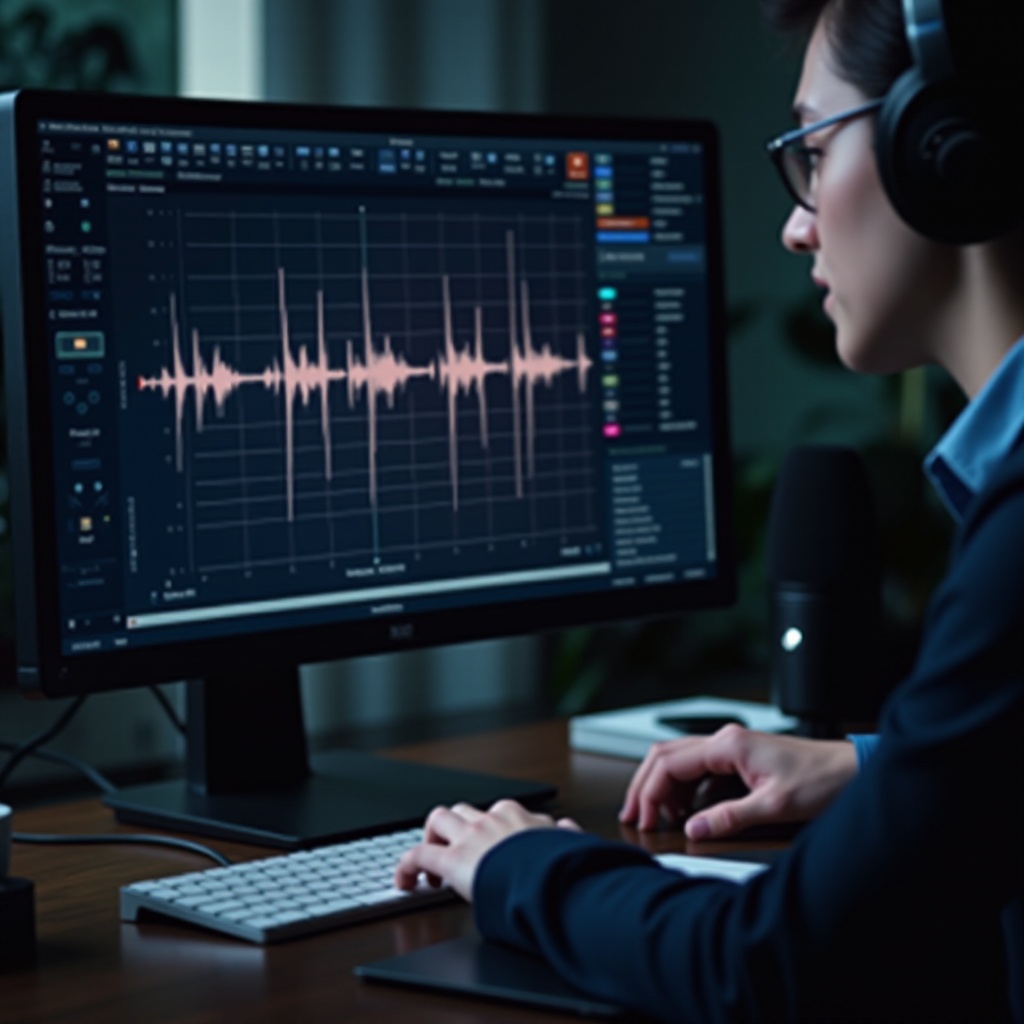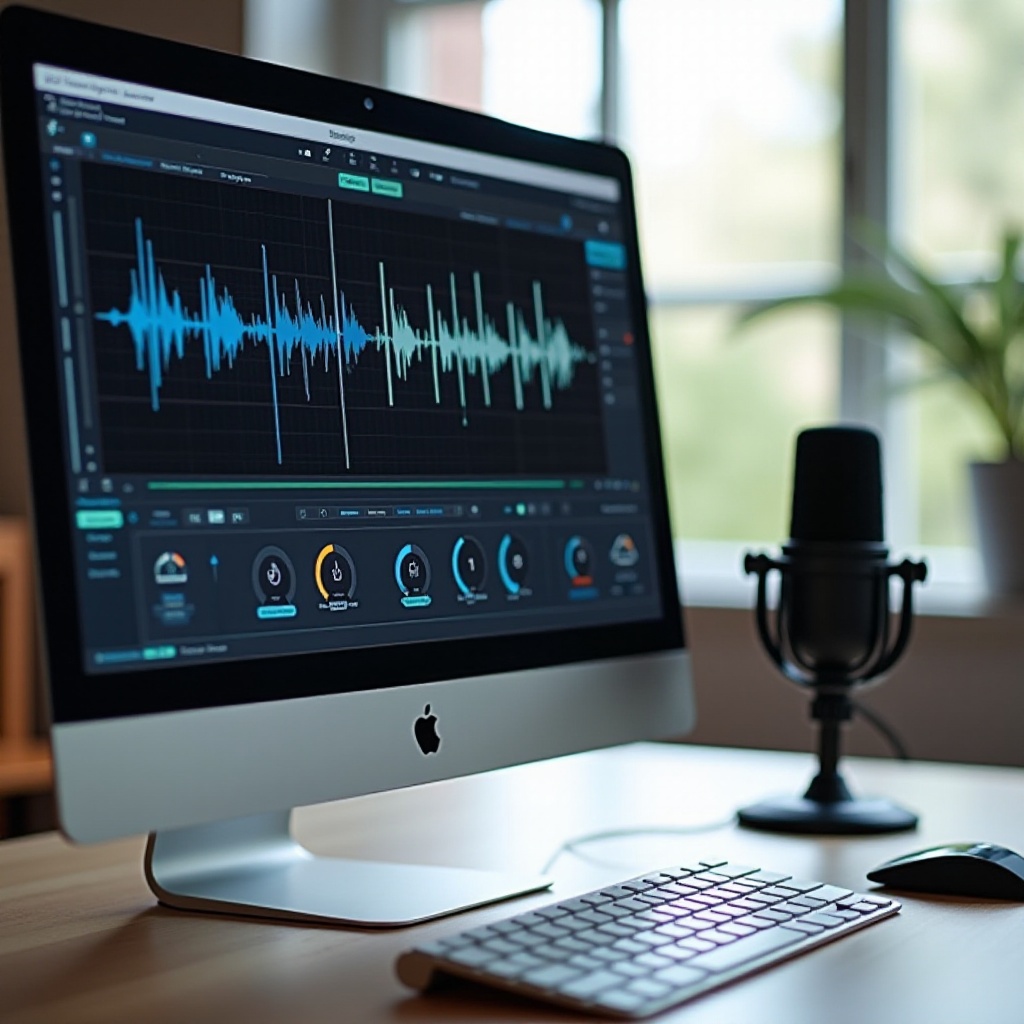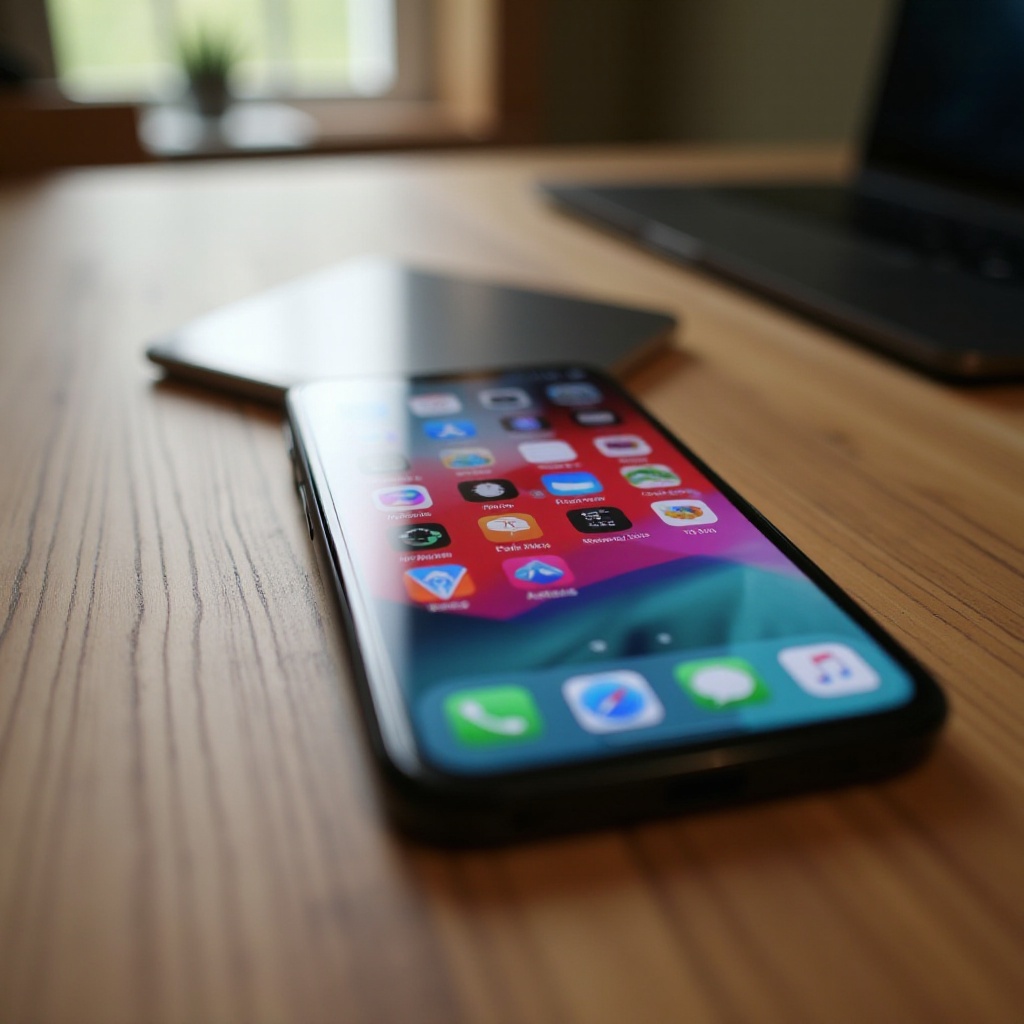Understanding the Need
In the digital age, the ability to record computer audio on Windows 10 can significantly amplify your multimedia projects, whether you’re crafting tutorials, capturing in-game audio, or saving web streams for later enjoyment. This complete guide provides a detailed overview of different approaches and techniques to help you achieve top-notch audio recordings using both native tools and external software solutions. The goal is to ensure that you can capture high-quality sound without hassle, navigating through potential issues with confidence.
For content creators, gamers, and professionals, a reliable audio recording setup is paramount to delivering an excellent auditory experience in their projects. Let’s explore the basics and take a structured journey to mastering the nuances of recording computer audio on Windows 10.

Laying the Foundation
Sound Architecture Basics
Before jumping into the recording steps, it’s vital to grasp the sound architecture of your Windows 10 system. Understanding how different components interact to deliver audio is foundational in achieving the finest recording quality.
Windows 10 furnishes a range of options to manage sound devices and settings, which are crucial for obtaining the cleanest recordings possible. Familiarizing yourself with these settings empowers you to capture pristine audio with minimal distortion, setting the stage for both elementary and advanced techniques discussed later in this guide.
Ready Your System
Optimizing Sound Settings
To record computer audio effectively on Windows 10, you need to adjust your system settings suitably.
- Access sound settings by right-clicking the speaker icon in the taskbar and selecting ‘Sound Settings.
- Ensure the appropriate playback and recording devices are selected and configured appropriately.
- Adjust both playback and recording volume levels to maintain balance and quality in sound input and output.
Essential Hardware and Software
- Ensure your microphone or other recording hardware is properly connected and functioning.
- Update your audio drivers using the manufacturer’s website to preempt compatibility issues.
- Consider software beyond the built-in options if advanced audio functionalities are necessary, especially for professional-grade recordings.
Exploiting Built-in Windows Features
Utilizing Windows Sound Recorder
Windows 10 offers built-in utilities like the Voice Recorder for basic audio recording tasks.
- Launch ‘Voice Recorder’ via the Start menu.
- Begin recording by clicking the microphone symbol, ensuring minimal background disruption.
- Stop the recording with the stop button, automatically saving the file in the ‘Sound recordings’ directory.
Pros and Cons
- Pros: User-friendly, no installation needed, supports basic editing.
- Cons: Lacks extensive editing features, not ideal for intricate tasks requiring high-quality audio or multi-audio streaming.
Exploring Third-Party Software
For more detailed control and higher sound quality, third-party applications such as Audacity and OBS Studio provide substantial functionality.
Setting Up and Using Audacity
- Installation: Download and install Audacity from its official website.
- Configure Settings: Under the ‘Preferences’ menu, set up your input/output devices in Audacity.
- Recording: Hit the red ‘Record’ button. Post-recording, utilize Audacity’s extensive editing tools to refine audio.
Recording with OBS Studio
- Download OBS Studio: Install from the OBS website.
- Configure Audio Settings: Under ‘Settings,’ set your audio preferences and selected inputs.
- Start Recording: Click ‘Start Recording’ and manage multiple audio inputs through the interface.
Advanced Techniques for Audio Recording
Users keen on delving into advanced methodologies could benefit from tools like Virtual Audio Cable and Stereo Mix.
Using Virtual Audio Cable
- Set up Virtual Audio Cable and select it as a sound device.
- Redirect multiple audio sources through it to record simultaneously.
Employing Stereo Mix
- Enable Stereo Mix: Show disabled devices in the Sound settings, enable ‘Stereo Mix’ and set it as default.
- Capture Audio: Utilize any recording software to capture all system sounds filtered through Stereo Mix.

Polishing and Exporting Recordings
Post-recording, it’s crucial to refine and format your audio for sharing or implementation.
Editing Tips
- Employ basic editing functionalities to trim or adjust volume.
- Use noise reduction to eliminate undesired background sounds.
Exporting Formats
- Save in common file formats like MP3, WAV, or FLAC, dictated by your requirements and compatibility.
- Appropriately set the sample rate and bit depth to maintain audio clarity during exportation.
Handling Common Issues
Despite keen preparation, recording issues can occur.
Troubleshooting No Sound
- Ensure the chosen input device is active and not muted.
- Update audio drivers and consider restarting the software if problems persist.
Enhancing Audio Quality
- Dampen ambient sounds and echoes by recording in an acoustically treated space.
- Integrate a pop filter to mitigate plosive sounds when utilizing microphones.

Conclusion
Recording audio on Windows 10 is streamlined when furnished with the correct tools and approaches. By integrating both built-in functionalities and external applications, you can secure crisp audio for an array of projects. Experiment with various settings and software to establish what aligns best with your demands. Persist in discovering and experimenting to elevate your audio recording proficiency.
Frequently Asked Questions
Can I record computer audio on Windows 11 using the same methods?
Yes, many methods discussed such as using built-in features and third-party tools like Audacity and OBS Studio are also applicable to Windows 11.
What is the best free software for recording computer audio?
Audacity is widely favored for its extensive free features and user-friendly interface, making it an excellent choice for recording computer audio.
Why is my recorded audio volume too low?
A low audio volume might result from incorrect input settings or microphone placement. Verify your sound settings, correct microphone location, and adjust the recording levels in your software.


